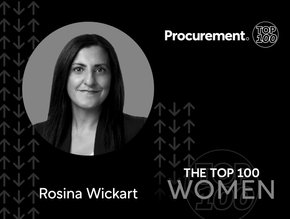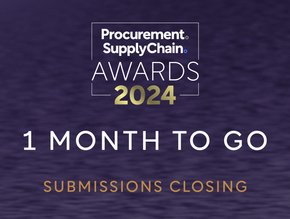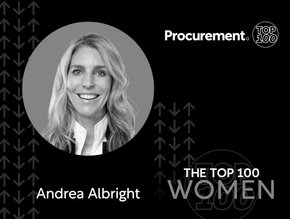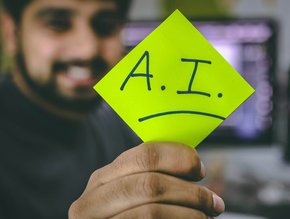Envirobuild: The growing importance of sustainable practices

As society returns to normal after the pandemic, research from across the spectrum shows that sustainability is more important than ever. GfK found that sustainability is more important than before the pandemic to 52% of global consumers, Deloitte’s research shows 50% of consumers are willing to pay more for environmental brands and a BCG survey indicated 70% of people were more aware of humanities impact on the world than before the pandemic.
So in light of this, what are companies to do? Consumers are not stupid and are increasingly aware of greenwashing; indeed an academic study from the Netherlands shows that only telling the truth and undertaking the initiative of your own behest is given credit by consumers. Half-lies full lies and taking credit for something that actors have performed all impact negatively on consumer perception. Essentially green-washing will come back to bite you.
The process for every company will be different depending upon their offering and customer base
A common framework is the Greenhouse Gas Protocol Initiative, which separates Greenhouse Gas (GHG) emissions into direct emissions by the reporting company (eg transportation or generation of electricity) which are called Scope 1, and electricity Indirect emissions which are scope 2 (the power station owner would classify these as their scope 1 emissions). These are the two traditional scopes for looking at lowering a company’s impact. Scope 3 emissions, explained in more detail here: Greenhouse Gas Reporting Protocol, are all other indirect GHG emissions.
EnviroBuild is a product business, and the vast majority of our emissions result from the products that we manufacture and sell. These all fall under Scope 3, and by improving these we lower Scope 1 of our supply chain. If you’re a service-based business then fuel and transportation are likely to be the most significant. The only way to find this out is to undergo some level of carbon audit. This can be using a free online calculator at its most basic through to engaging an external consultancy and benchmarking against competitors.
Our approach was two-fold. We made a fairly broad-brush approach to our employee impact, asking all staff to fill in forms regarding their commuting habits and also the amount of company travel that they undertake. This wasn’t actually a large amount, we already travel by train wherever possible, utilise green electricity and have energy-efficient electronics wherever we can. Therefore although carbon offsetting isn’t as good as removing the emissions it was pretty much all that we had left.
It was Scope 3 emissions, the manufacture of products that we sell, where there were significant gains to be made. We undertook to conduct Life Cycle Analyses (LCA) for our major products, starting with those that sold the most. This captures the end-to-end (sometimes called cradle to grave)energy cost of the material, including manufacture, shipping, lifetime maintenance of the material and its disposal. We had to work our entire supply chain, finding exact material makeups, and the amount of energy used. Overall it probably took 40 hours per product group spread over several months with back and forth to the various factories and then plugging those numbers into the various software packages that allow comparisons.
It allowed us to see what was actually causing GHG from the production, and the relative importance of recycled materials, on-shoring from Asia or changing the type of electricity that was being purchased. Some of the results were surprising, and we were able to lower the embodied carbon of our materials significantly, often for only minor costs.
It turns out that the aspect of shipping made far less difference than we’d have expected, whereas working with our supply chain to move the electricity they bought to be from renewable sources, made a much larger difference. This will vary by product, so I’m being intentionally broad-brush, but the journey provided important information for new ventures and products on the horizon
The advantages to us of genuinely promoting a product as the most sustainable in a specific sector are large. For us, it opens up specific niches of consumers who are willing to try a new product in a crowded marketplace. Not only are they willing to try new things, but they are often willing to pay more, and then talk about our product.
It’s not just sales that result from the hard work of an LCA or turning your business more sustainable. Numerous talented individuals, especially the younger generations want to work for something that they believe in. Recruitment can be easier and better, and retention stronger.






